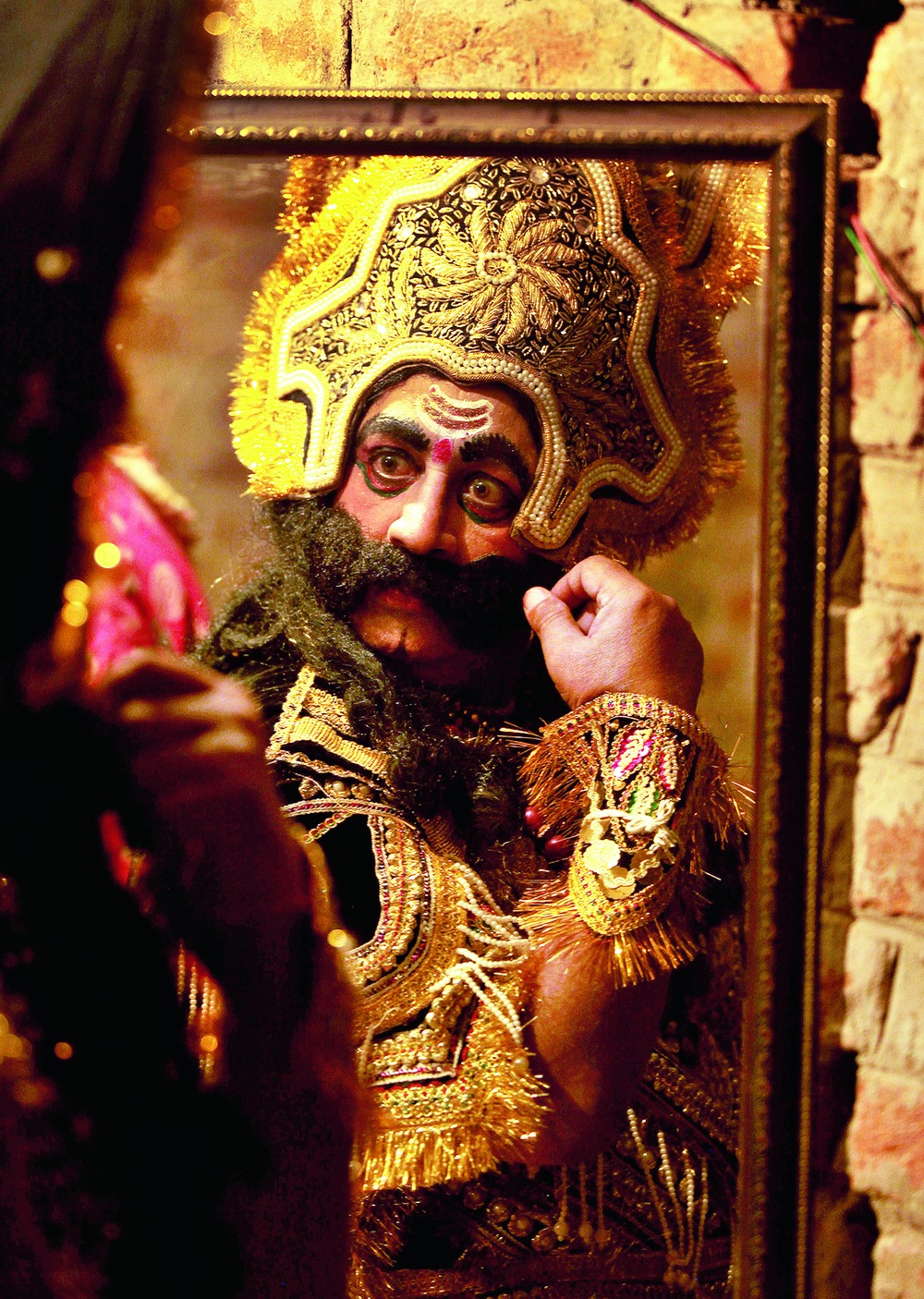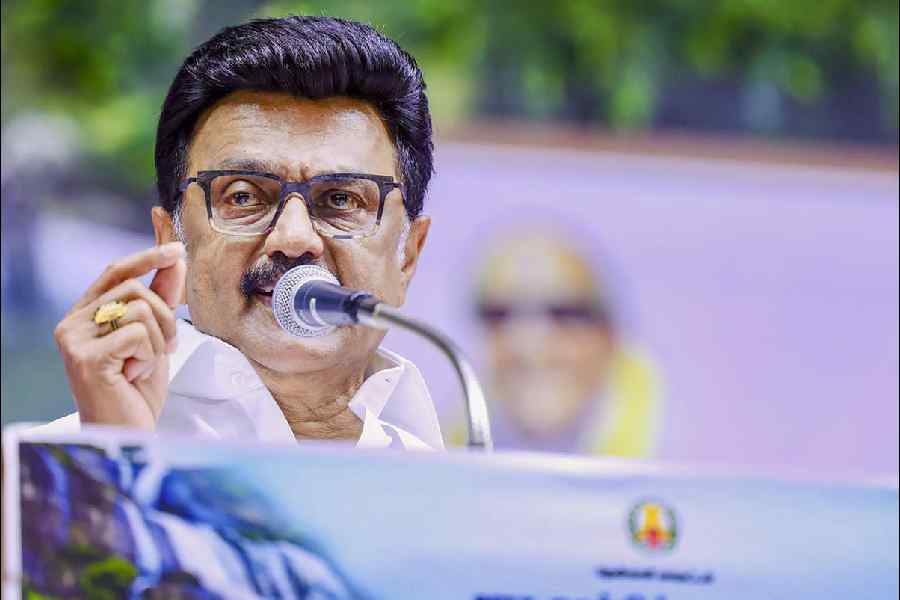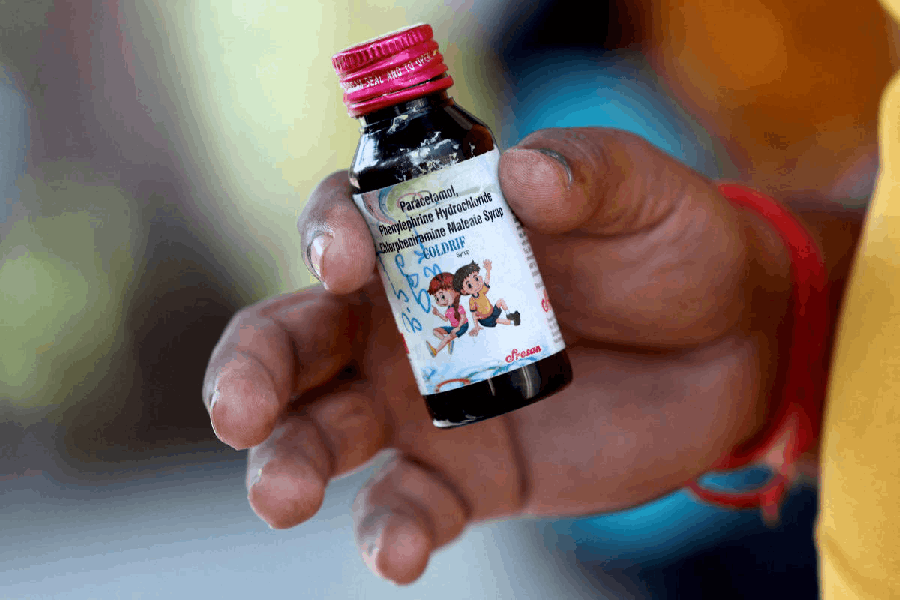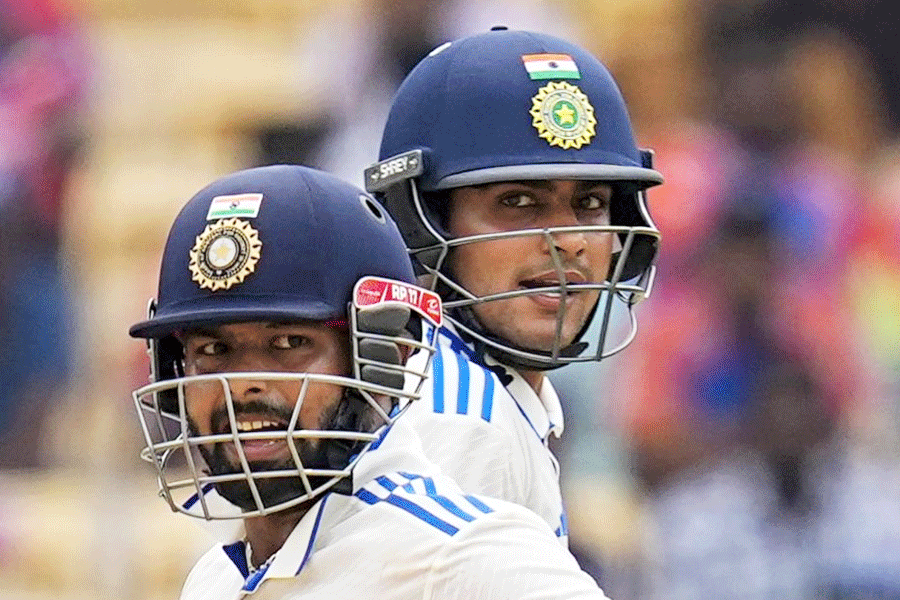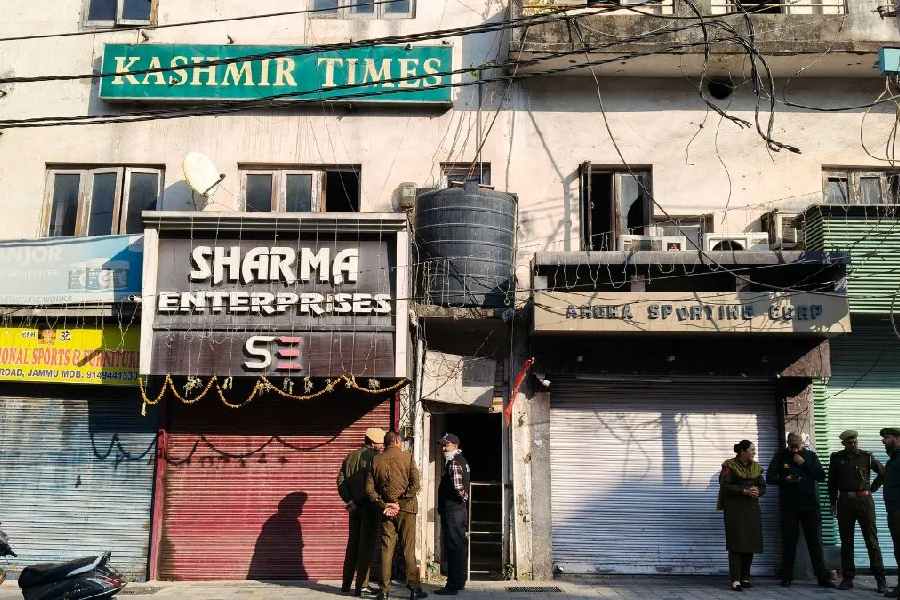
There was pin-drop silence but that was for a brief moment before they resumed their talk on Mahalaya, as if I had not spoken at all.
We were discussing Mahisasuramardini, a radio programme that has been broadcast since 1931. They went on with their nostalgic thoughts to which I had also contributed a few moments back, and had felt a part of the collective journey down memory lane. The way we used to get up at 4 in the morning to listen to Birendra Krishna Bhadra's unforgettable rendering and the songs of Pankaj Mallick which each singer sang from deep within. As far as I remembered, Ma would almost drag me and my brother to Dadu's room, and as I tried to listen to the radio, leaning against Dadu's pillow and gradually fell asleep, the songs would become a part of my dreams and towards the end, when Bhadra's voice quivered with intense emotion, we could indeed feel the tears, I would feel a sadness deep down till the sounds of conch shells would dispel the possibility of losing the battle against the ultimate "demon" ever.
There was much folklore about the whole programme that appeared and disappeared over the years. Baba used to say that Bhadra would reach the studio at 3 in the morning after taking a dip in the Ganges and light incense and diyas turning the recording studio into a garbha griha. At a later stage, when there were attempts to bring in change, people got divided in groups and would express their likes and dislikes with equal fervour. Even now, the admirers of Uttam Kumar feel wounded if anything is said against his participation in the programme in 1976, which made me wonder about our Adivasi fellow travellers in this country who have been silently observing the "demon" being ceremoniously burnt to death, the demon created in the image of their ancestor. The moment I had articulated this thought, the Mahalaya discussants had excluded the lone voice and resumed their talk as if nothing had been spoken.
After Mahalaya, another occasion would soon arrive when another "demon" would be killed with equal fervour. In Kasturchand Park in Nagpur, three huge "demons" were being burnt by the acclaimed archers Rama and Lakshman who moved in a highly decorated vehicle before jumping with a flourish on to the ground to release the arrows. As the arrows emitting fire zoomed towards the demons one by one, the shouting and screaming all around would reach a crescendo when they hit Ravana, after engulfing Kumbhakarna and Indrajeet in flames.
I could not rejoice with the rest of the crowd. I cannot say why. It could be the innocent look on the faces of the effigies, or a fascination with the luxuriant moustaches, or the expression in the huge protruding eyes. In any case, I felt sad when the effigies withered and fell to the ground without being given the chance to even to fight back. There was a violence inherent in the entire act.
Years later, my Gond friends said they would feel the arrows were hitting them and engulfing them in fire when they would watch the Ravana killing.
In Chhattisgarh, there is a temple dedicated to Ravana and every year the people mourn the burning down of their god as the rest of the country rejoices. In Nagpur, "Ravana dahan" started in 1838. Not very far from Nagpur, in Paraswadi, a tiny village in the Gadchiroli district of Maharashtra, Ravana is applauded as the wise being, the king and guru of the Gonds, who was killed by the Aryan invaders.
It was Ravana who as their guru, carried forward the legacy of their revered ancestor and god, the Linga Dev. Interestingly, Linga Dev wore a trident-shaped crown with the twisted horns of a bison.
Over the years, protests are silently building up in the form of prayers to their ancestor. When the Hindus celebrate Dussehra, the Gonds in Paraswadi and Amravati in Maharashtra and Vidisha and Mandsaur in Madhya Pradesh celebrate Ravana Mahotsav. In Gondi language, "Lanka" implies "hilly place" and so, the Gonds locate Ravana's Lanka in the Amarkantak region of MP.
This is the place from where many contemporary Gond artists have emerged and they pay homage through their paintings to their ancestors camouflaged in the form of three tridents, symbolising Ravana, Meghnad and Kumbhakarna.

